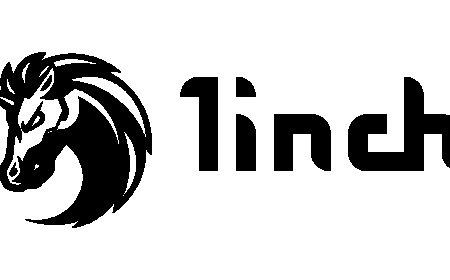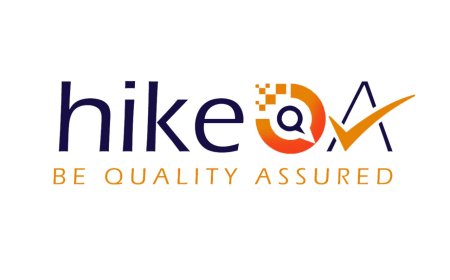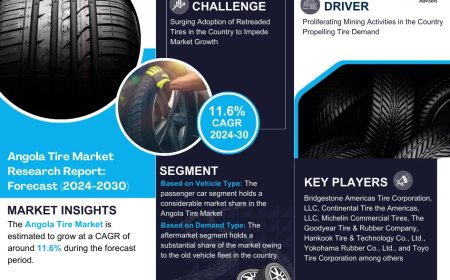How to Rank in Google’s AI Overview: A Complete Step-by-Step SEO Guide
As the digital search landscape evolves, businesses and marketers must now prepare for a new frontier in SEO: Googles AI Overview. This feature, a part of Googles Search Generative Experience (SGE), leverages advanced generative AI to provide concise answers at the top of the search results page. Unlike traditional snippets or featured boxes, AI Overview summarizes data from multiple sources and delivers an intelligent, conversational response to the users query. Ranking in this space can skyrocket your visibility, drive qualified traffic, and position your brand as a trusted source of information. This guide will walk you through how to optimize your content to be featured in Googles AI Overview, using real-time strategies aligned with how the algorithm curates and displays information.
Understanding Googles AI Overview and Its Role in Search
The introduction of Googles AI Overview is not just a minor update; it represents a seismic shift in how information is delivered. This AI-driven summary box appears above the traditional blue links and often replaces the need for users to scroll further. When someone types a query, Googles AI scans the web, synthesizes relevant content, and generates a concise responseoften citing sources in the form of clickable links.
To appear in this AI-powered overview, content must not only be accurate and informative but also contextually aligned with the users intent. Googles AI system isnt just looking at keyword density anymore; it evaluates topical authority, semantic relevance, content structure, and user engagement signals. Thats why businesses that want to succeed in search today need a completely different approach from what worked a year ago.
Step 1: Create Deep, Topically-Authoritative Content
The most critical element to qualify for Googles AI Overview is to become a topical authority. This means your content must reflect depth, accuracy, and value on the subject being discussed. Google is more likely to reference a source that clearly demonstrates subject expertise rather than a shallow or overly generic page.
You should begin by mapping out a content hub around your primary topic. If your goal is to rank for a term like AI marketing strategy, you need supporting articles on subtopics such as benefits of AI in marketing, AI tools for marketers, how to measure AI campaign performance, and so on. This signals to Googles AI that your domain is trustworthy on the topic.
Every article within your hub should include original data, well-structured subheadings, schema markup (like FAQs or how-to sections), and logical internal linking. The AI Overview tends to pull from pages that demonstrate structured, educational content that answers related questions holistically.
Step 2: Answer Specific, Search-Intent-Based Questions
A notable characteristic of Googles AI Overview is that it often answers long-tail queries or conversational search terms. These are questions like how to use AI in marketing campaigns or is AI useful in digital advertising? The more directly your content answers these kinds of questions, the higher the likelihood that it will be cited by the AI.
Structure your content in a way that explicitly answers such queries within the first 100-200 words. You can embed a question as a subheading and then follow up with a concise, factual, yet human-written paragraph. This format mirrors how Googles AI summarizes information and pulls responses. Avoid fluff, and keep your writing crisp, engaging, and insightful.
Step 3: Optimize for Semantic SEO, Not Just Keywords
Traditional SEO focused heavily on matching exact keywords. While this is still useful, Googles AI Overview draws upon semantic relationships rather than keyword repetition. Your goal should be to incorporate variations, related terms, and natural language throughout your content.
For instance, if youre writing about a Digital Marketing Course Online, you wouldnt just repeat that phrase. Youd also discuss online marketing education, SEO and PPC training, certified marketing classes, and so on. This comprehensive use of language helps the AI understand your contents contextual fit across various search queries.
Incorporating schema markup such as FAQPage or HowTo can also increase your chances of being cited. Googles AI understands structured data and may prioritize content that is technically organized and easy to interpret.
Step 4: Improve E-E-A-T Signals (Experience, Expertise, Authority, Trust)
E-E-A-T (Experience, Expertise, Authority, and Trustworthiness) is one of the core evaluation frameworks used by Googles Quality Raters, and it heavily influences what gets featured in the AI Overview. While E-E-A-T isnt a direct ranking factor in the algorithm, it informs how content is assessed holistically.
To improve your E-E-A-T signals, include author bios that explain their qualifications, link to credible sources, cite statistics from verifiable studies, and display trust badges (such as certifications or partner logos). Testimonials, case studies, and first-hand insights can also elevate your contents perceived authority.
Another tactic is to update your content regularly. Googles AI favors fresh data, especially for topics that evolve quickly, like AI tools, digital marketing trends, or health-related content. An outdated post, even if technically correct, is less likely to be cited.
Step 5: Enhance Page Speed and Mobile User Experience
The AI Overview draws content from pages that offer seamless user experience. If your site is slow, cluttered with pop-ups, or not mobile-optimized, you risk being ignoredeven if your content is high quality.
Ensure your Core Web Vitals are within optimal ranges. Use tools like Google PageSpeed Insights or Lighthouse to identify technical issues. Aim for clean, readable typography, minimal distractions, and a fast-loading interface. This helps Googles AI interpret your page as user-friendly, which is key to being featured prominently.
Also, your pages should be crawlable and indexable without restrictions. Avoid JavaScript-heavy designs that delay content rendering. Use semantic HTML (H1, H2, etc.) to allow search engines to understand the hierarchy and flow of your content.
Step 6: Get Backlinks From High-Authority Websites
While backlinks have been a cornerstone of SEO for decades, they remain crucial even in the age of AI Overview. Googles AI still relies on indicators of trust to determine which sources to pull from, and quality backlinks serve as endorsements of credibility.
Focus on earning links from sites with domain authority in your niche. Guest posting, digital PR campaigns, influencer outreach, and original research are still some of the best ways to build natural links. The more your content is cited by others, the more Googles AI will perceive it as a reliable source.
Additionally, monitor which pages are being linked to the most and align future content around those topics. Googles AI prioritizes sources that others already trust.
Step 7: Monitor and Adapt Using AI SEO Tools
To consistently appear in Googles AI Overview, youll need to monitor your contents performance and refine your strategy based on evolving trends. Use AI-powered SEO tools like SurferSEO, MarketMuse, or Clearscope to analyze your content against top-ranking pages and optimize for topical completeness and semantic coverage.
Track your impressions and clicks using Google Search Console. Look for keywords or queries that trigger AI-generated summaries and identify which of your URLs are being cited (if any). Use this data to refresh underperforming content or expand winning pieces into broader content hubs.
As of 2025, some companies are even deploying tools like GPT-4 and Claude to simulate AI Overviews and predict how their content might be summarized. This proactive testing can help you create content that aligns closely with what Googles AI is likely to feature.
Final Thoughts
Ranking in Googles AI Overview is not a flukeits the result of strategic content planning, structured optimization, and continuous improvement. By focusing on semantic depth, answering real user questions, improving trustworthiness, and staying technically sound, you significantly increase your chances of being referenced by Googles generative AI engine.
The future of SEO will be defined not just by how well you rank in traditional listings but also by how frequently you appear in AI-powered features. Those who adapt early will gain a massive competitive edge in visibility, authority, and engagement.
To stay ahead of the curve, consider enrolling in aDigital Marketing Course Onlinethat covers the latest AI-integrated SEO techniques. Whether youre an agency, brand, or solo content creator, mastering these concepts will be crucial for sustained success in the evolvingsearchenvironment.










































